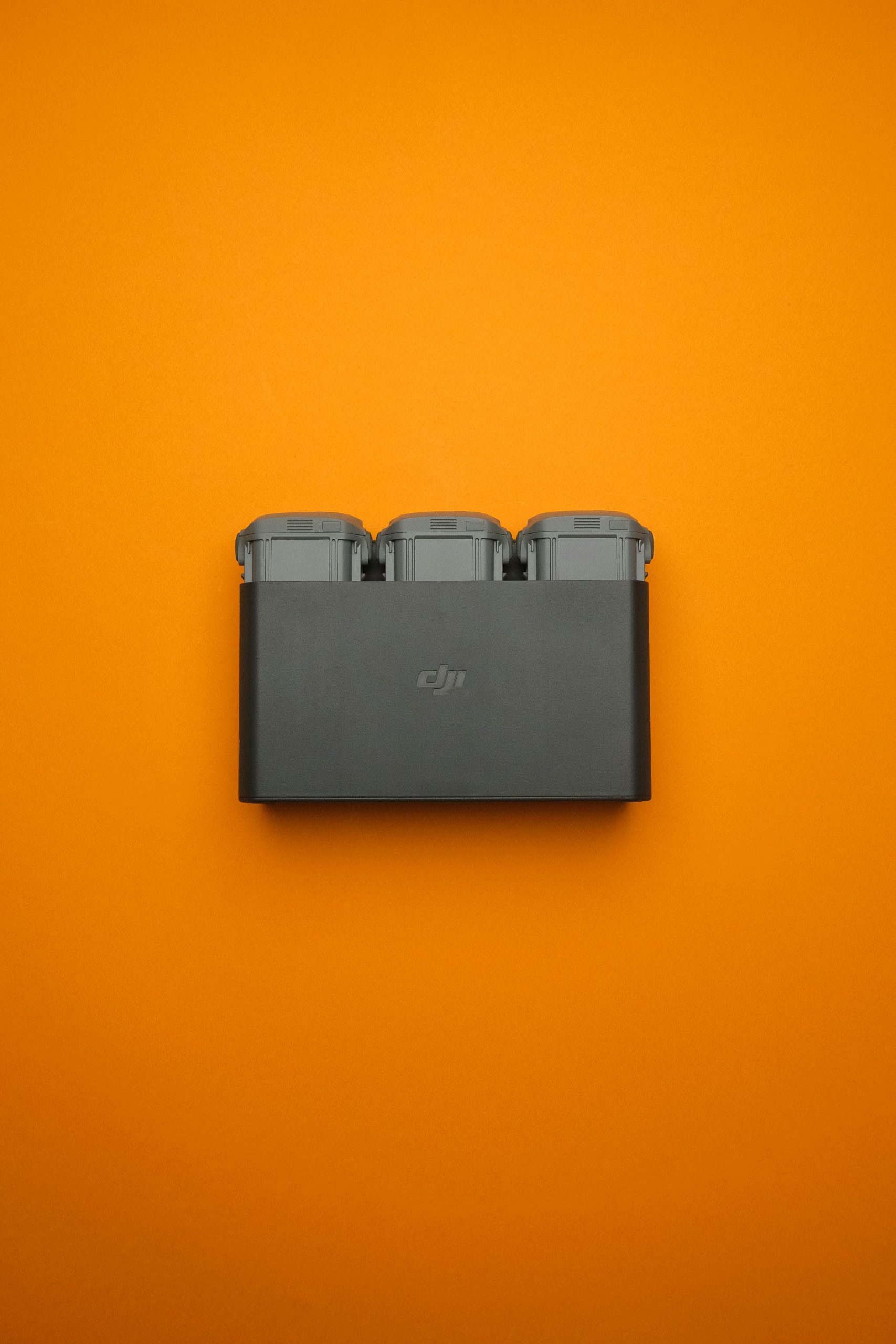Understanding Laptop Battery Drain and the Potential Role of Power Banks
In today’s mobile-centric world, maintaining optimal laptop performance while on the go is a common challenge—particularly when battery life diminishes more quickly than expected. For users of gaming and high-performance laptops, such as the Lenovo IdeaPad Gaming 3, this issue can be especially pronounced, impacting productivity and portability.
Case Overview
The user aspiring to attend university has experienced rapid battery depletion on their Lenovo IdeaPad Gaming 3. Historically, the device has been operated primarily while plugged into power sources, especially when engaged in demanding activities like gaming, which demand significant energy. However, with upcoming academic commitments requiring increased mobility, the user is seeking effective solutions to extend battery life during outings and lectures.
Key Concerns and Diagnostic Efforts
The main concern centers around the laptop’s unexpectedly quick battery drain during even light tasks, such as web browsing or word processing. Despite attempts to troubleshoot—including enabling battery saver mode, adjusting screen graphics settings, updating device drivers, limiting background applications, and conducting virus scans—battery health remains solid at approximately 97%, and no significant improvements are observed.
The user suspects the high-refresh-rate 144Hz display may contribute to power consumption. However, despite reviewing user settings and preferences, they find that Lenovo’s software does not permit adjustment of the display refresh rate, limiting options for power conservation.
Exploring Power Bank Solutions
Faced with these challenges, the user considers the possibility of utilizing a portable power bank to supplement or replace existing charging methods during mobility. Their current charging setup includes a 135W power brick (20V / 6.5A) with a Lenovo-specific slim tip connector—a common design for many modern laptops.
Key Questions
The user seeks guidance on the following points:
- Feasibility: Can a power bank realistically support a high-wattage laptop like this?
- Compatibility: Are there power banks compatible with Lenovo’s charging specifications, and how can they be identified?
- Connectivity: Would an adapter—such as a USB-C to slim tip cable—be required, and would it function reliably?
- Practicality: Is a power bank a practical solution for this scenario, or would it be better to find alternative methods, such as ensuring access to the original charger during lectures?
Expert Insights
While power banks have become increasingly versatile, supporting various devices from smartphones to some laptops, their effectiveness for high-power laptops depends on several
Share this content:



